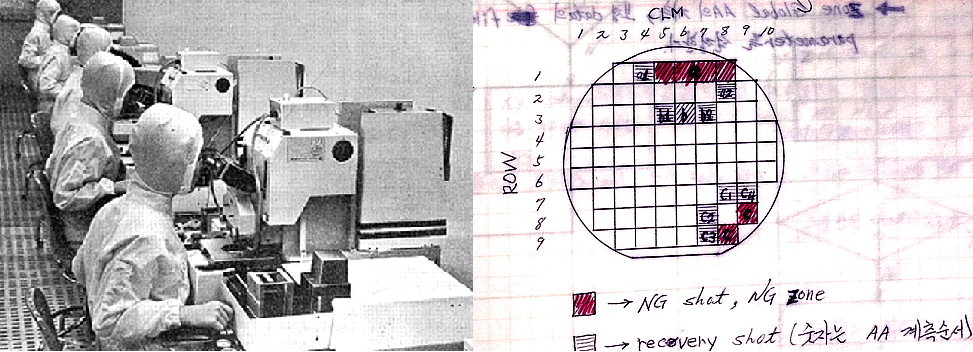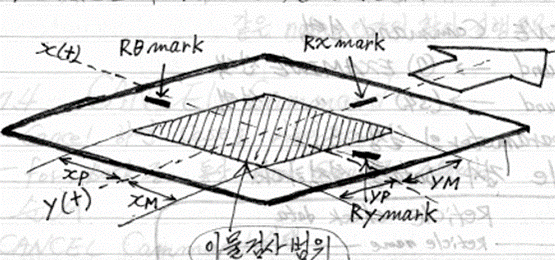Guest Author
This account is reserved for our Guest Authors and Collaborators.
MORE ABOUT THIS AUTHOR
Today, various economic indicators (e.g. Bloomberg’s Global Innovation Index) list South Korea (hereafter, Korea) as one of the most innovative countries in the world. Many studies and media outlets have noted that Korea’s technology and industry have shifted from “imitation to innovation” since the 1980s and 1990s. The success story of Samsung Electronics’ semiconductor has been regarded as a prime example that shows that Korean industry has moved from assembling the products of foreign companies to developing its own. Of course, there are macroscopic aspects that can be well explained by this dichotomous scheme. However, I believe that such a distinction not only overlooks many things outside the “innovation story” that tends to be embraced – creativity, R&D, laboratories and others – but it is also misleading with regard to the nature of innovation. Can we clearly distinguish examples of innovation from repairs, maintenance and routine tasks? If we can answer “No” without a doubt to this question, then we can move on to more general questions: In what ways and to what extent can the practice of repair contribute to innovation? How can the development of high-tech industries, such as semiconductors, be reconstructed into the history of repairs?
My research, in broad strokes, aims to reveal the role of the humble, anonymous masses that participate in developing high-tech industry. I focus on the operators and maintainers of semiconductor plants from the 1980s to the 2000s, when Korean manufacturers, including Samsung Electronics, emerged as leading global corporations. As aptly noted by recent scholarship, production yield (i.e. the ratio of the number of items without defects to the number of all items produced) is a major concern in the high-tech industry. Even with the invention of innovative designs, numerous companies have failed to reliably mass-produce their designs, triggering a crisis. This suggests that manufacturing technologies that enable reliable production by maintaining high yields of new, complex products are the decisive factor in most advanced industries. Operators and maintainers who worked routine shifts in production plants were people who repaired and operated equipment with various procedures, struggling to solve sudden technical problems and thereby improving the production yield of “innovative” semiconductor designs.



Figure. Inside the workers’ technical notes.
My project focuses on source materials (e.g. technical notes, training materials and personal diaries) that were recorded and circulated by workers in semiconductor plants from the 1980s to the 2000s. These materials reveal the workers’ technical contributions, including production techniques, knowledge transmission, and their thoughts and feelings regarding their own technical practices. First, their technical achievements on the shop floor are evident in their notes. For example, operators and maintainers assigned to the chemical vapour deposition process explored the creation of a thin, uniform coating over a wafer. By modifying the chamber’s outlet and devising methods to realign the wafers, they addressed the issue of inconsistent pressure triggered by the by-products of the chemical reaction, which, if left unaddressed, would lead to a drop in yield. Furthermore, during regular meetings with Japanese equipment manufacturing companies such as Nikon, they proposed designs to improve the equipment and even directly filed for patents.
Workers’ acquisition and transmission of knowledge and their various feelings about technical success and failure are also worth noting. On the shop floor, one of the ways in which the workers internalised a wide range of knowledge was by repeatedly transcribing and overwriting explicit knowledge. After work, some of them felt accountable if technical problems occurred at the plant. The interconnectedness of semiconductor manufacturing processes, in which even a partially defective semiconductor chip necessitates the disposal of the entire chip, amplified workers’ sense of guilt regarding their mistakes, which they thought would ruin not only their efforts but also the efforts of their co-workers on the same production line. Their approach of positing themselves as the cause of time and material wastage impelled them to meticulously memorise their procedures.
The struggles of workers at semiconductor plants, as demonstrated above, could serve as an additional factor to explain the rapid growth of the Korean semiconductor industry. Furthermore, I believe that their untold stories regarding technical success and failures, knowledge and techniques, thoughts and emotions will repair our biased perception of the well-known innovation stories of the late 20th century.